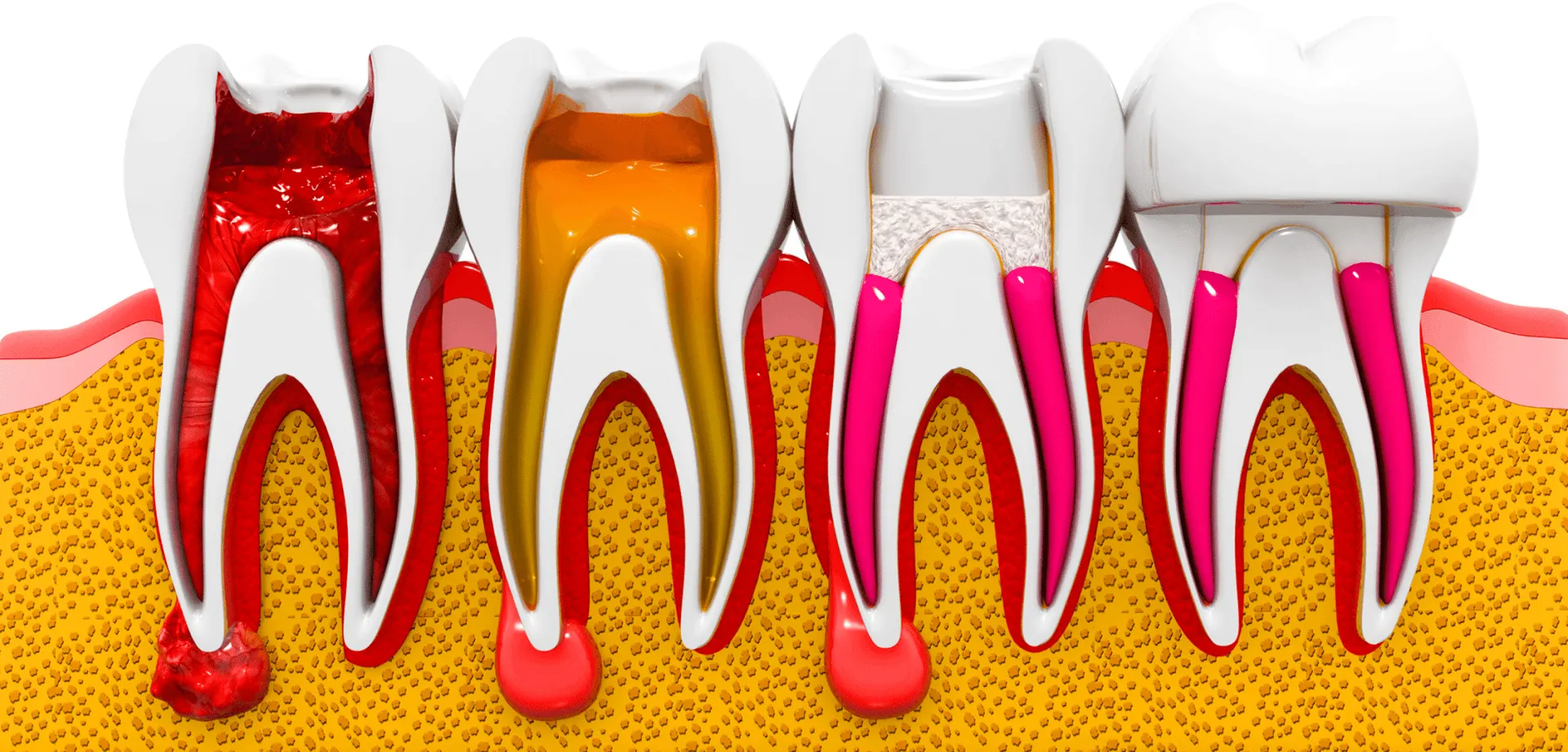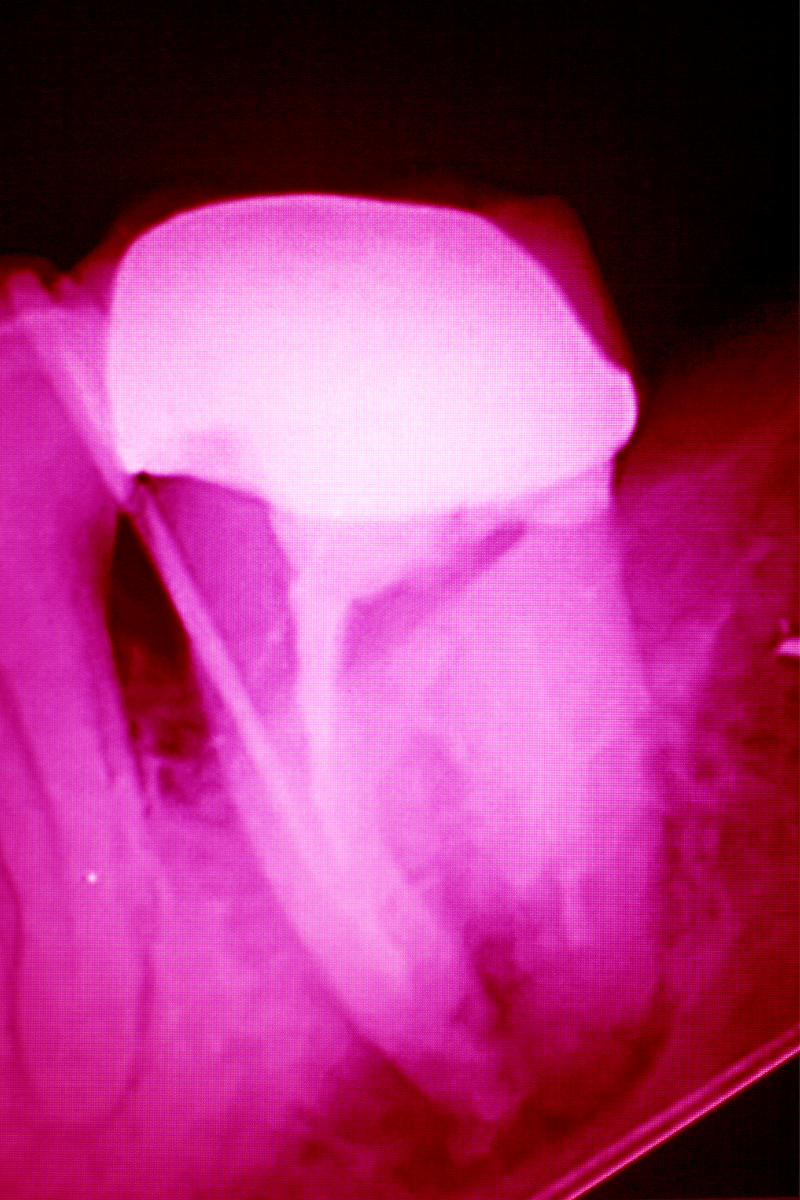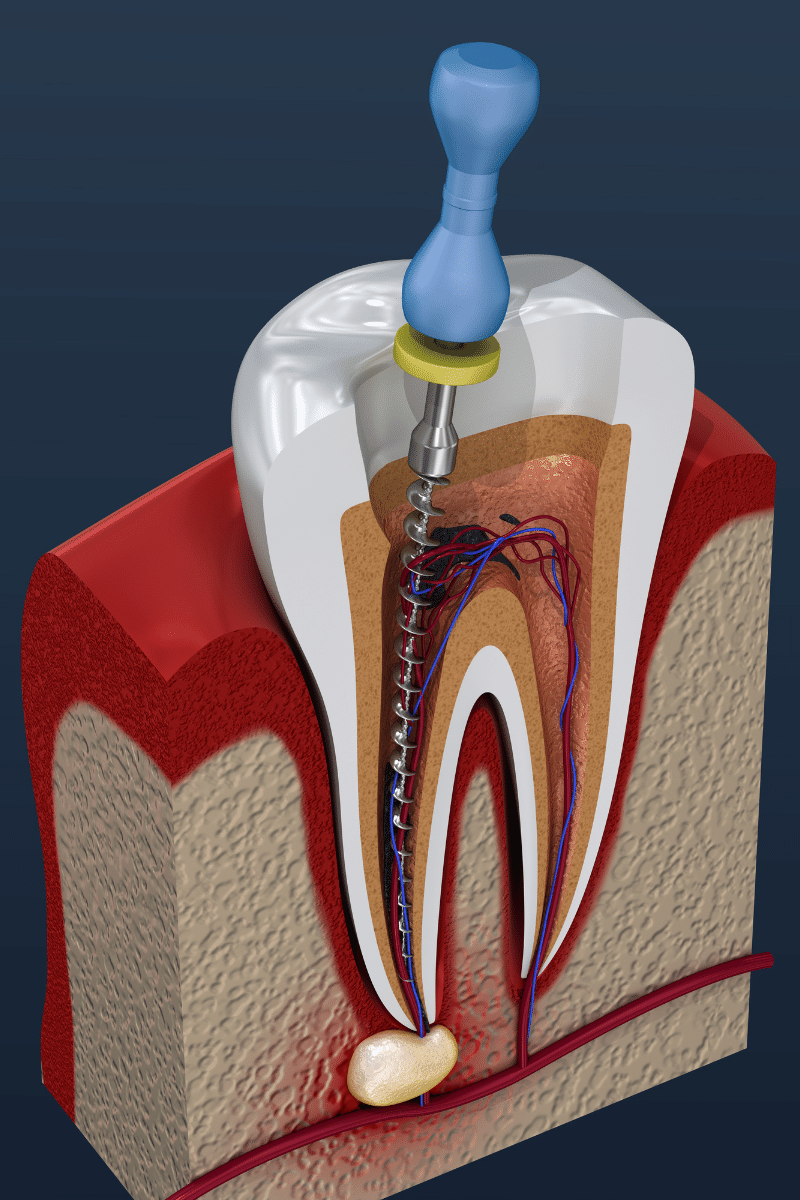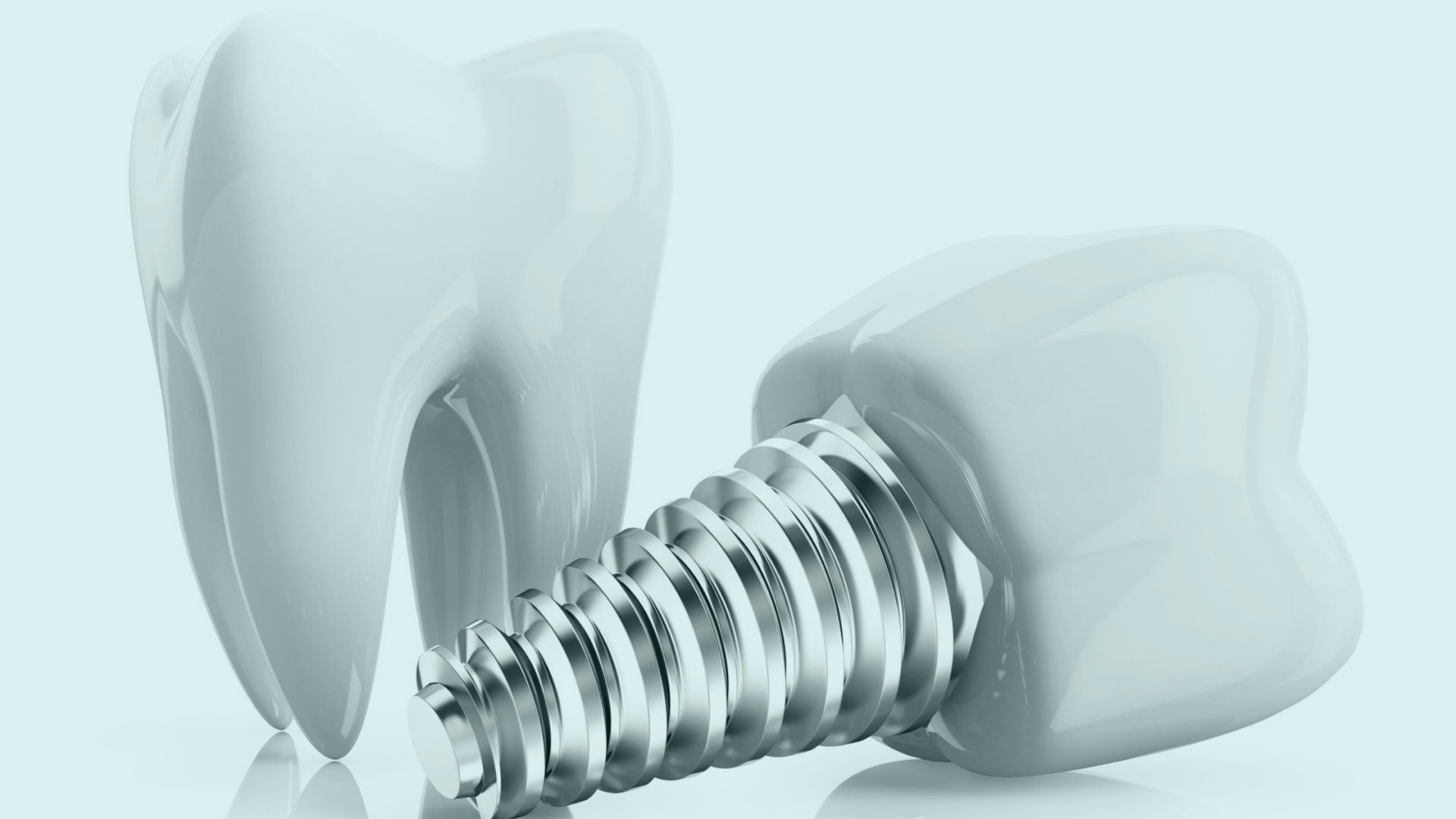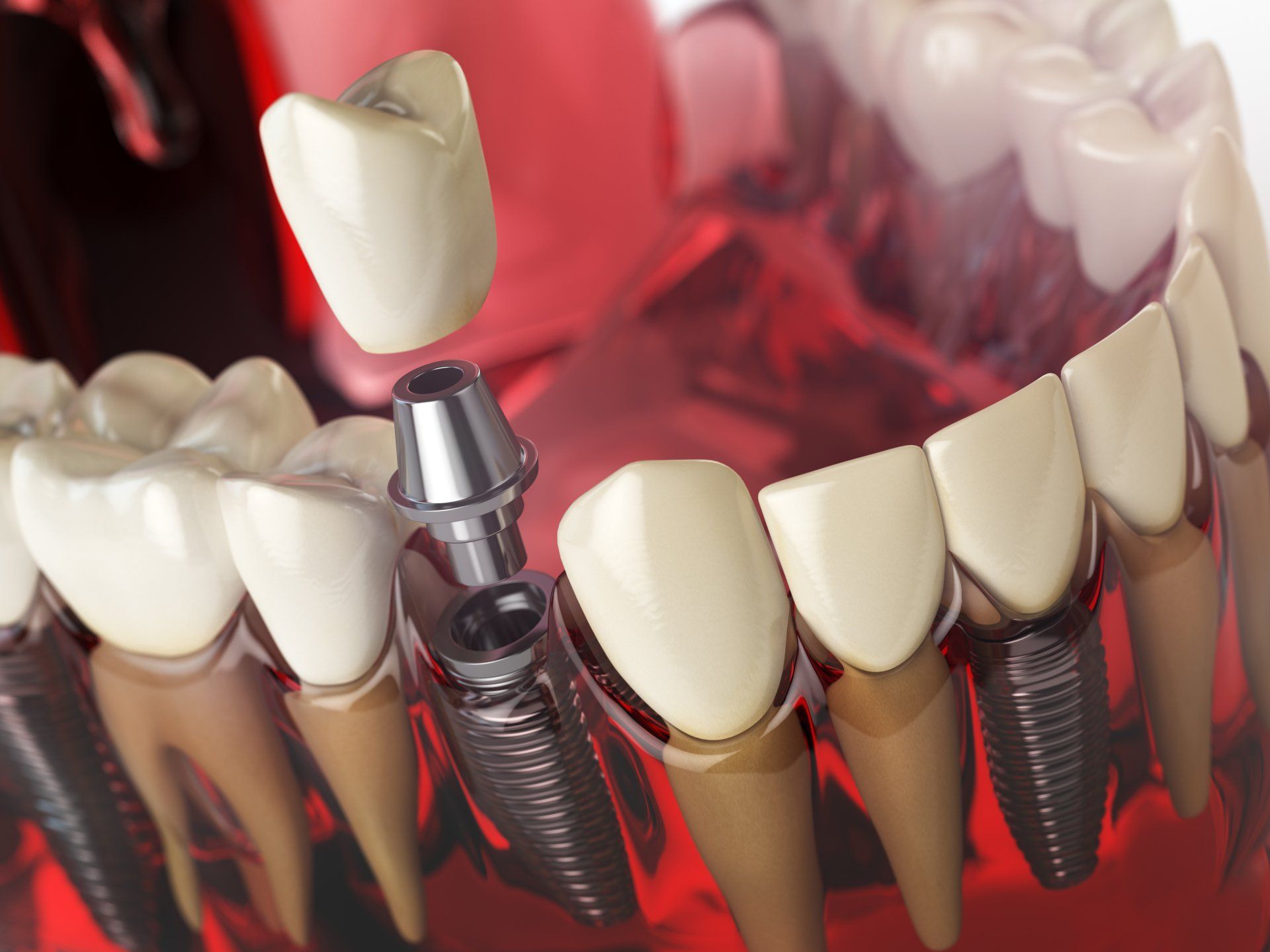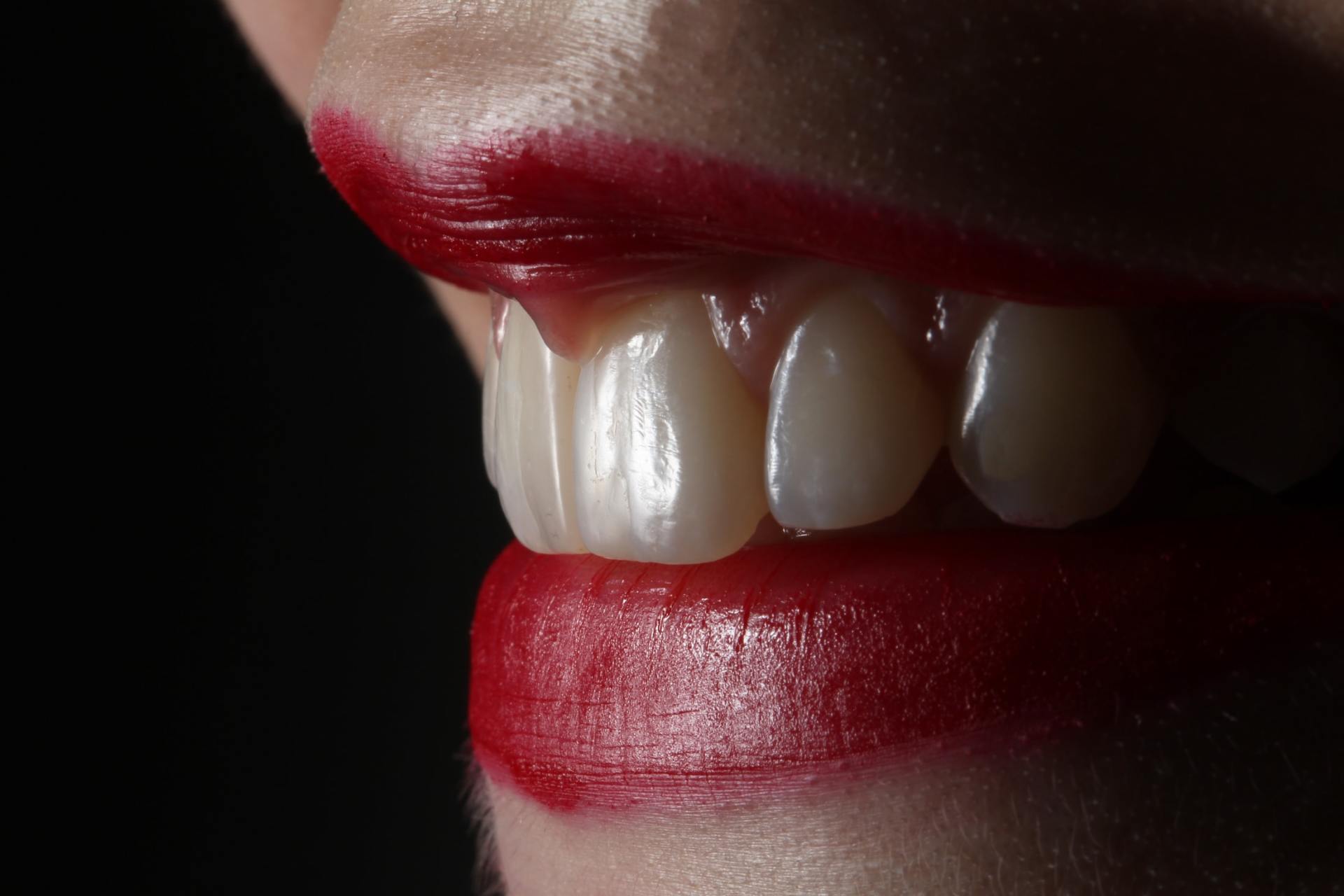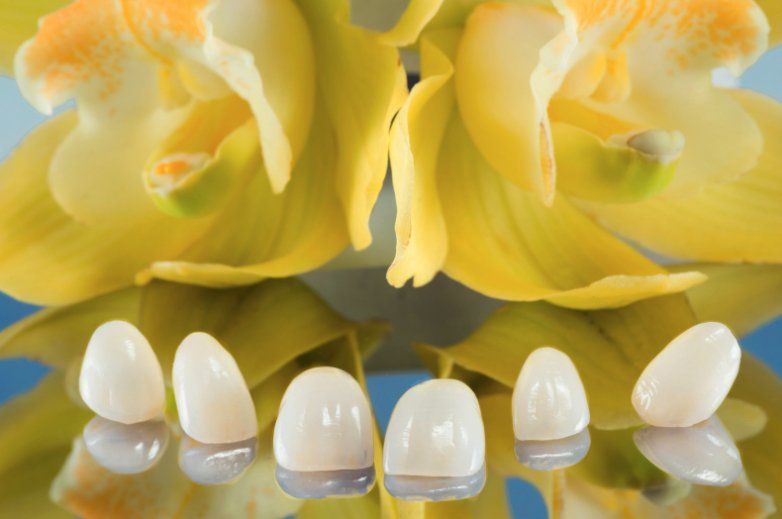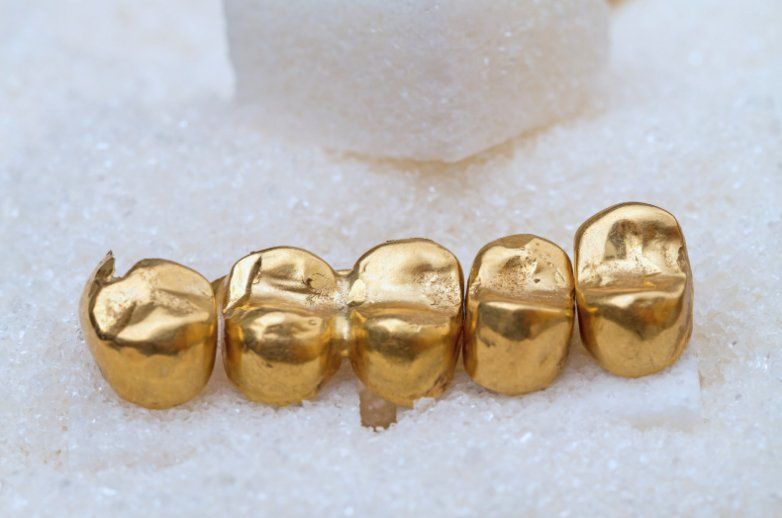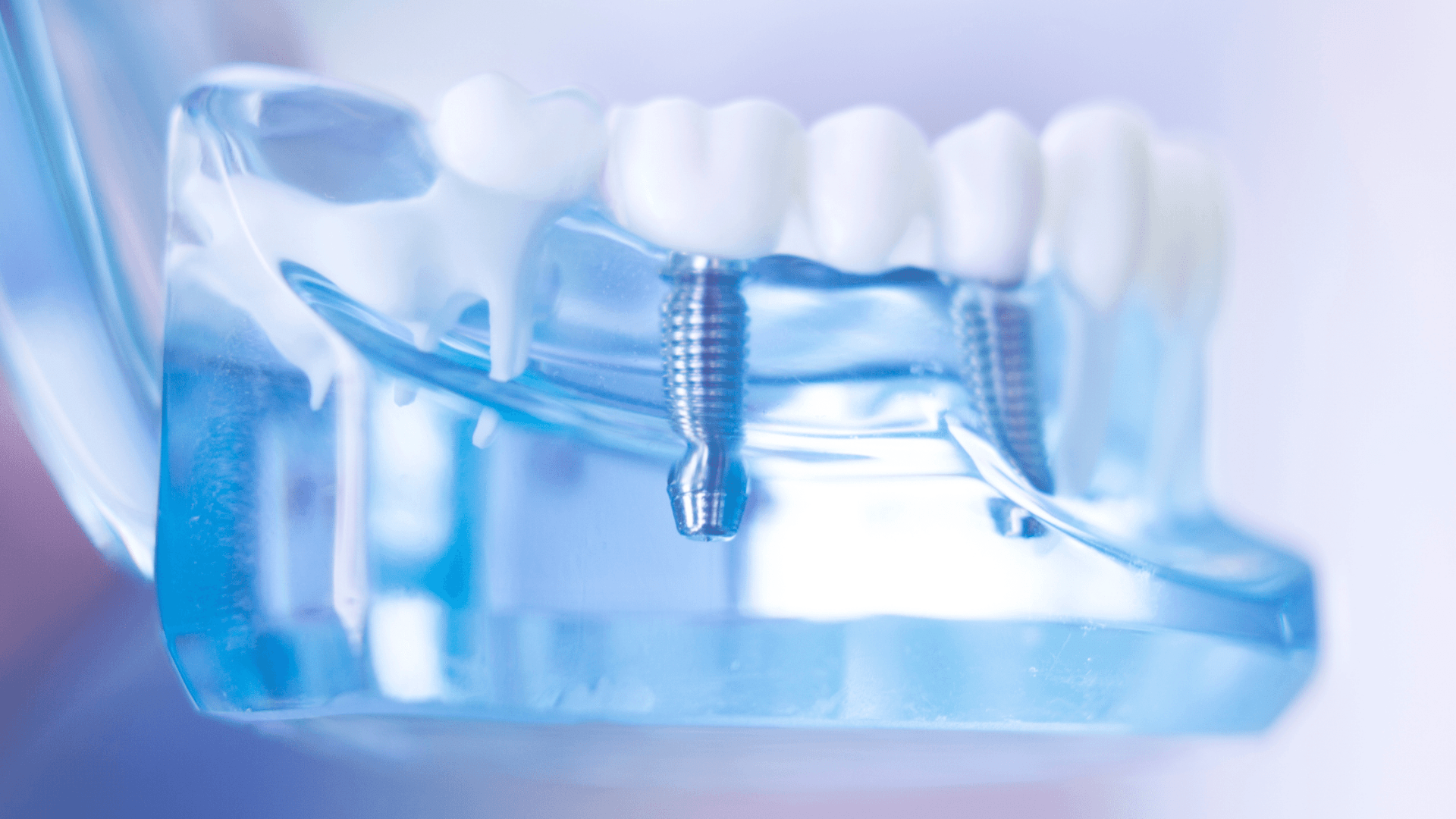Endodontists are specialized dentists who are experts in this field. Root canal retreatment can be challenging and usually requires a comprehensive clinical evaluation. Furthermore, endodontists typically have access to more specialized equipment (i.e., dental microscopes or dental cone-beam CT scanners) that can offer essential information regarding the cause of treatment failure. Careful identification of the possible cause of root canal treatment is the most critical factor during retreatment. If the dentists do not address the root (no pun intended) cause of the problem, it is likely to persist.
Root canals are an excellent alternative to prevent tooth loss. Unfortunately, not every endodontic treatment is entirely successful, and retreatment might be required to restore the patient's oral health. Specialized dentists, i.e., endodontists, are the dental practitioners with the most training and experience when performing a root canal retreatment. If done correctly, retreatment has the same success rate as regular root canal treatment.

